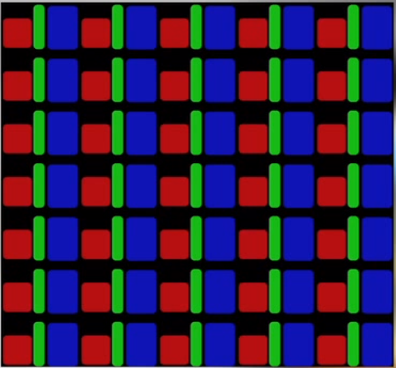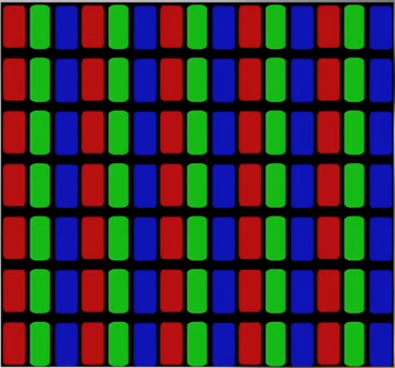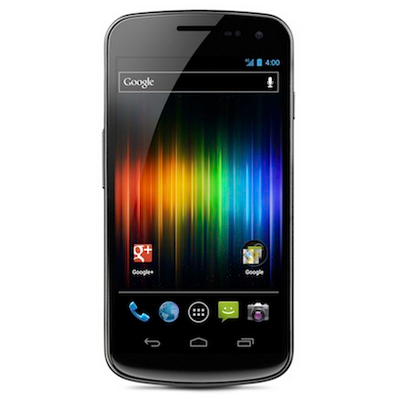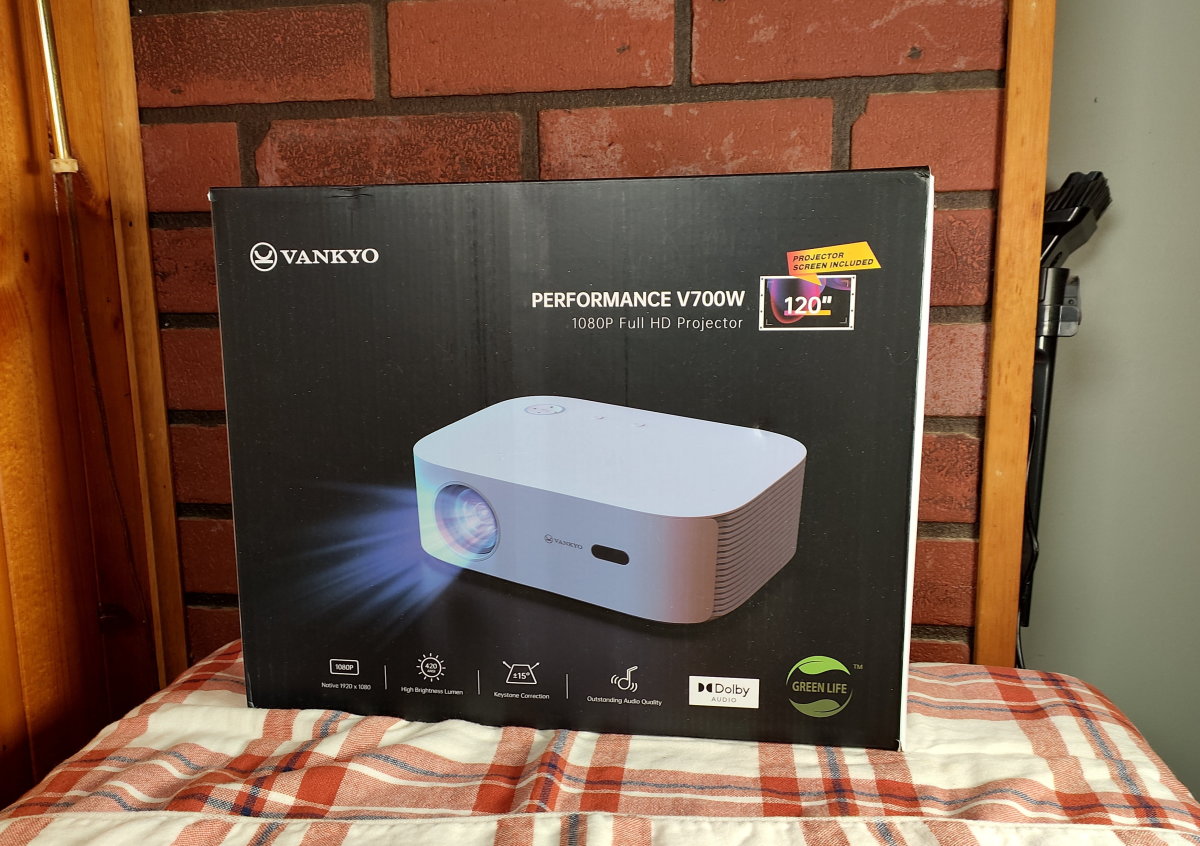AMOLED Screen Family

With different types of AMOLED screen technology, it can be overwhelming making your mind up to which one is right for your phone. This hub will explain you briefly about those display technologies -- AMOLED, Super AMOLED, Super AMOLED plus, HD Super AMOLED and HD Super AMOLED Plus and help make you choose what kind of screen suits your need.
AMOLED
So what is AMOLED?
An AMOLED is an active Metrix Organic Light Emitting Diode. That translates to a screen that gives you a brighter, more vibrant and saturated color set than an LCD. Thanks to the way AMOLED screens work that black doesn't emit light making the screen have deep rich black levels. It's perfect for atmospheric movies and black-heavy UIs.
Super AMOLED
First shown off on Samsung Galaxy S, although it's still current on handsets such as HTC One S. This technology is twenty percent better for outdoor viewing than standard AMOLED screens, and it's also more responsive too (also Samsung claimed).
Super AMOLED Plus
The final evolution of Super AMOLED is Super AMOLED Plus.


Now, before we go into this, here's a bit of background: all the AMOLED thus far have used something called Pentile Technology. At a microscopic level, each pixel of the screen is composed of a red, a green, and a blue subpixel. Pixels on a PenTile display share their green subpixel, so this means for every one green, you have two red and blue. So if that's PenTile, in contrast, non-PenTile pixels don't share any subpixels making for a sharper screen.
Now rolling back to Super AMOLED Plus. The Super AMOLED Plus therefore means you've got a non-PenTile display managing to give you a sharper panel with the same pixel count. It's found on devices such as the Samsung Galaxy S2 and the Samsung Galaxy Tab 7.7.


HD Super AMOLED and HD Super AMOLED Plus
When a Super AMOLED (Plus) screen resolution hits HD (720p, or 1080p) it becomes an HD Super AMOLED (Plus). These screens are perfect for high-definition videos and are available on devices like Samsung Galaxy Nexus and Samsung Galaxy Note (HD Super AMOLED), and Samsung Galaxy SIII (HD Super AMOLED Plus).



